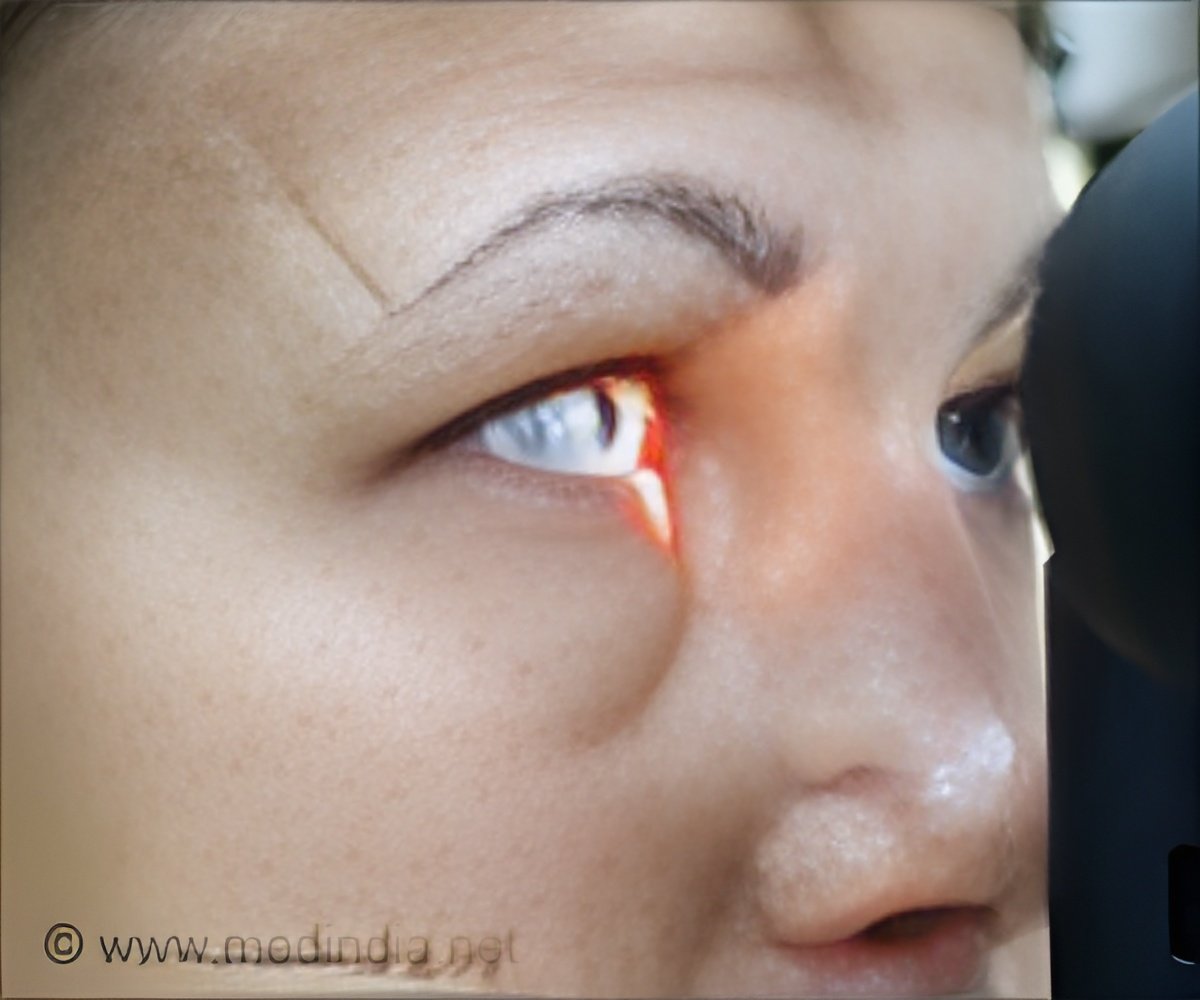
Individuals who do not meet the recommended physical activity guidelines but engage in some leisure-time physical activity still have a lower risk of stroke compared to their sedentary counterparts, regardless of age and gender. These findings were published in the Journal of Neurology Neurosurgery & Psychiatry (1✔ ✔Trusted Source
Risk of stroke with different levels of leisure-time physical activity: a systematic review and meta-analysis of prospective cohort studies
).
Small Exercise Amounts Offer Big Stroke Prevention
The effects are independent of age and sex, the findings show, prompting the authors to suggest that everyone should be encouraged to do whatever level of physical activity they can manage in their leisure time.
There’s no doubt that moderate to high levels of leisure-time physical activity curb stroke risk. But it’s not clear if even modest amounts confer protection, and if any such effects depend on age and sex, explain the authors.
To find out if lower levels of physical activity might still confer protection, the authors trawled research databases for relevant studies. They pooled the results of 15, involving 752,050 adults whose health had been monitored for an average of 10.5 years.
Each study assessed the potential impact of between 3—none, below target, and ideal—and 5—none, insufficient, low, moderate, and intense— levels of leisure time physical activity on stroke risk.
The pooled data analysis of 5 studies assessing 3 levels of leisure time physical activity showed that, compared with no physical activity, the highest ‘ideal’ amount cut the risk of stroke by 29%, but that some ‘below target’ activity still reduced the risk by 18%.
Did You Know?
Mild to moderated physical activity can improve your brain health, help manage weight, reduce the risk of disease, strengthen bones and muscles, and improve your ability to do everyday activities.
Similar findings emerged for the pooled data analysis of the six studies reporting on 4, and the two reporting on 5 levels of leisure time physical activity. Compared with none, a moderate level of physical activity cut the risk of stroke by between 27% and 29%.
These effects were independent of sex and age, the analysis showed. The authors acknowledge several limitations to their findings, chief among which were the variable definitions of different levels of activity used in the included studies and the reliance on subjectively assessed levels of physical activity.
Advertisement
Nevertheless, the authors conclude that recreational physical activity, even in small amounts could help ward off stroke in the long term.
“According to our results, all levels of [leisure time physical activity] can be beneficial for stroke prevention, including levels currently regarded as low or insufficient,” they write. “People should be encouraged to be physically active even at the lowest levels.”
Advertisement
Reference:
- Risk of stroke with different levels of leisure-time physical activity: a systematic review and meta-analysis of prospective cohort studies – (https://jnnp.bmj.com/content/early/2024/01/18/jnnp-2023-332457)
Source-Eurekalert



